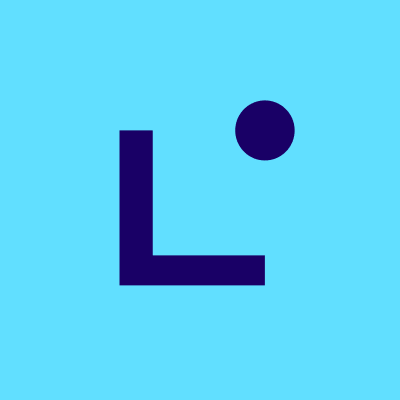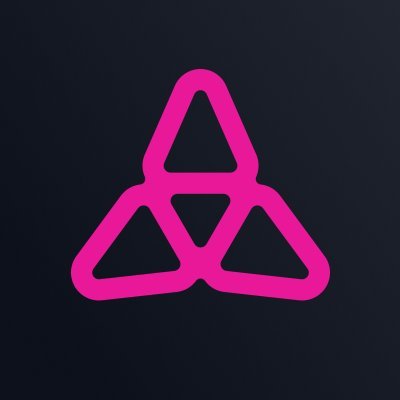Top Layer 2 tokens by market capitalization
Layer 2 contains 59 coins with a total market capitalization of $15.99B and an average price change of -0.04%. They are listed in size by market capitalization.
Layer 2 is a secondary protocol built on top of a primary blockchain network, such as Ethereum. This innovative solution aims to address scalability, speed, and cost limitations that often plague layer 1 networks. By enabling off-chain transactions and smart contract execution, Layer 2 protocols leverage cryptographic techniques like state channels, sidechains, and plasma chains to achieve faster and more cost-efficient transactions, thereby reducing network congestion and lowering gas fees. This layered approach enhances the overall user experience, promoting widespread adoption of decentralized applications while maintaining the fundamental security and trustlessness of the underlying blockchain.
See more
| Name | Price | 24h (%) | 7D (%) | Market cap | 24h volume | Supply | Last 24h | Action | |
|---|---|---|---|---|---|---|---|---|---|
 MantleMNT | $1.69 | -0.73% | +10.01% | $5.51B | $177.94M | 3.25B | |||
| $0.1936 | -- | -- | $0 | $0 | 0.00 | Trade | |||
 ArbitrumARB | $0.3133 | -- | -- | $0 | $0 | 0.00 | Trade | ||
 ImmutableIMX | $0.5269 | +4.81% | +6.86% | $1.04B | $38.40M | 1.96B | Trade | ||
 OptimismOP | $0.4321 | -- | -- | $0 | $0 | 0.00 | Trade | ||
 StacksSTX | $0.4334 | +3.08% | -1.16% | $782.90M | $16.56M | 1.81B | Trade | ||
 StarknetSTRK | $0.1210 | -- | -- | $0 | $0 | 0.00 | Trade | ||
 Merlin ChainMERL | $0.3860 | +11.60% | +14.45% | $377.84M | $3.19B | 978.96M | Trade | ||
 ZKsyncZK | $0.03392 | +2.65% | -4.49% | $277.61M | $15.93M | 8.18B | Trade | ||
 LineaLINEA | $0.01523 | -2.45% | -15.43% | $235.72M | $67.82M | 15.48B | Trade | ||
| $0.003307 | +3.50% | +0.55% | $157.12M | $5.88M | 47.51B | Trade | |||
 CeloCELO | $0.2463 | +3.32% | -7.27% | $143.87M | $37.44M | 584.10M | Trade | ||
 AstarASTR | $0.01769 | +2.80% | -3.41% | $144.95M | $3.91M | 8.20B | Trade | ||
 LoopringLRC | $0.06875 | +0.64% | -0.13% | $93.98M | $7.03M | 1.37B | Trade | ||
| $1.89 | +8.33% | +12.09% | $88.86M | $57.32M | 46.90M | Trade | |||
 AltlayerALT | $0.01914 | +2.27% | +3.41% | $85.72M | $10.40M | 4.48B | Trade | ||
 COTICOTI | $0.03404 | +4.03% | -3.31% | $82.87M | $5.85M | 2.43B | Trade | ||
 MetisMETIS | $9.95 | -- | -- | $0 | $0 | 0.00 | Trade | ||
 AevoAEVO | $0.06282 | -- | -- | $0 | $0 | 0.00 | Trade | ||
 HemiHEMI | -- | -- | -- | -- | -- | -- | |||
 CyberCYBER | $1.07 | +0.78% | +4.29% | $56.70M | $12.34M | 52.85M | Trade | ||
 Manta NetworkMANTA | $0.1132 | +1.60% | +1.08% | $51.10M | $6.16M | 451.20M | Trade | ||
 TaikoTAIKO | $0.2574 | +2.07% | +3.20% | $48.03M | $6.29M | 186.61M | |||
| $0.05919 | +1.39% | -8.54% | $48.26M | $7.48M | 815.34M | Trade | |||
 CartesiCTSI | $0.05243 | +0.18% | -5.53% | $46.39M | $3.60M | 884.82M | Trade | ||
 TreasureMAGIC | $0.1428 | -- | -- | $0 | $0 | 0.00 | Trade | ||
 Metal DAOMTL | $0.5059 | -0.19% | +0.54% | $44.35M | $860,562.46 | 87.66M | Trade | ||
 LiskLSK | $0.2157 | +1.13% | -0.37% | $43.93M | $2.98M | 203.69M | Trade | ||
 CornCORN | $0.07879 | -5.84% | -13.24% | $41.36M | $17.69M | 525.00M | |||
 ISLMISLM | $0.01831 | +2.11% | -2.51% | $40.04M | $183,962.89 | 2.19B | Trade | ||
 ZircuitZRC | $0.01556 | +2.03% | +3.77% | $34.15M | $6.61M | 2.19B | Trade | ||
 Epic ChainEPIC | $0.8885 | +2.58% | -5.97% | $26.65M | $4.99M | 30.00M | |||
 Bone ShibaSwapBONE | $0.1061 | -4.17% | -4.57% | $24.39M | $2.55M | 229.92M | Trade | ||
 Ancient8A8 | $0.05931 | +0.41% | -0.69% | $22.70M | $4.26M | 382.74M | Trade | ||
 LumiaLUMIA | $0.1392 | -0.58% | -6.88% | $19.59M | $3.67M | 140.79M | Trade | ||
 Fuel NetworkFUEL | $0.002920 | +1.77% | -4.59% | $18.17M | $1.03M | 6.22B | Trade | ||
 CLVCLV | $0.01337 | +1.80% | -3.74% | $16.37M | $939,117.83 | 1.22B | |||
 MyriaMYRIA | $0.0004537 | +2.28% | +0.22% | $16.16M | $866,906.33 | 35.61B | Trade | ||
 Boba NetworkBOBA | $0.06373 | +1.60% | -4.56% | $10.94M | $4.46M | 171.62M | |||
 Mind NetworkFHE | $0.03638 | +2.78% | +13.18% | $8.70M | $5.87M | 239.07M | Trade | ||
 Aleph ZeroAZERO | $0.01311 | -5.95% | -25.70% | $3.50M | $342,903.6 | 266.78M | Trade | ||
 MatchainMAT | $0.3081 | -1.13% | -18.37% | $3.14M | $2.01M | 10.20M | Trade |




